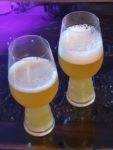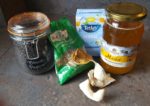
So my plan is to document and share all my brew days, and hopefully the good results. Of course, where the results are less-than-stellar, you can learn from my mistakes, or at least have a laugh at them. This is my second of these entries, for a proper English IPA. As usual, I’m going down the BIAB route.
To start with, my grain bill.
For a base, I’ve got 5 kg of Crisp Extra Pale Maris Otter Malt, supplemented with 500 g Weyermann Munich Malt, for a little bit of a malty backbone.
For colour, I’m adding 300 g of Crisp Light Crystal.
And for a little crispness, I’m adding 450 g of Crisp Flaked Torrified Maize. I will try another brew day omitting the maize, as I’m not certain it’s required…
That gives me a grain bill of 6.25 kg.
For hops, I’ve chosen 30 g of Northern Brewer pellets, 90 g of Challenger pellets, and 90 g of East Kent Goldings, giving me a total of 210 g hops, which I have split between 4 hop bags.
For yeast, I’ve chosen to go with Lallemand Nottingham (dried)
I’m starting off with 26 litres of water, and heated up to 69°c, because my target mashing temperature is 67°c, and I expect the addition of grains to drop the temperature by a couple of degrees.
I add my grain bill, and let mashing take place for 1 hour.
Every 20 minutes, I go back and check that the temperature was still good. Happily, it’s a warm day, so it only loses 1°c over the entire hour.
I remove the grain bag, sitting it in the makeshift colander that I made for my mashing bucket, and leave it to drain.
Although BIAB is supposed to be a no-sparge method, I pour a few kettle-fulls of water through the grain to maximise the wort efficiency and then gave the grain bag a good squeeze.
I now have 26 litres of wort, which I bring to the boil, and add my first hop bag for a boil time of 60 minutes.
I’ve got two more hop additions, one at 20 minutes, and one at flame-out. The last hop bag I will put into the freezer, and use to dry-hop, 5 days into fermentation.
I also add one Whirlfloc tablet in the last ten minutes of boiling.
Because I’m a loose cannon who doesn’t play by the rules, I don’t properly chill the wort, instead leaving it to cool overnight in the garage. I do remove the hop bags, however, because leaving them in at this point can lead to some vegetable aromas, apparently.
17th June – Fermentation started
Wort transferred into a sanitised fermentation bucket, leaving me with 19 litres of wort, with a gravity of 1.070
I topped it up with some water, and about 300 g of medium dried malt extract, to get 22 litres of wort with an OG of 1.064
Re-hydrated yeast was added, with a starting temperature of the wort at 23°c.
Fermentation started quickly, with bubbling airlock activity within 8 hours.
Fermentation was quite vigorous, and when it calmed down, I added my final hop bag for dry-hopping.
Bottling (29th June)
Due to having problems with my auto siphon, my beer became rather cloudy, as the sediment got mixed-in. I really do hope this settles in the bottles, as it looks like pond water at the moment.
My Final Gravity is 1.012, giving me an approximate ABV of 6.8%. (Since my start and finishing temperatures are quite similar enough, I’m not bothering to adjust for temperature.
Of course, I have a cheeky taste at this point, and although it doesn’t look especially appetising, its got a pretty decent balanced flavour, with lots of malt, as well as a good hit of hops, too.
I ended up bottling 19 litres of English IPA – the amount of sediment that was chucked-up because of faffing with my auto siphon meant that a fair amount of beer was not rescue-able.
I’ll update again on taste around 5th July, after secondary fermentation, and then I’ll try my best to leave it to age properly for at least a couple of weeks.

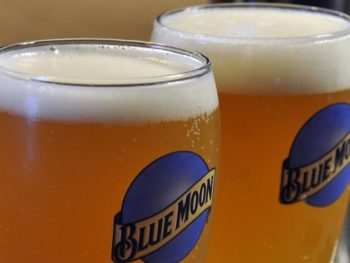
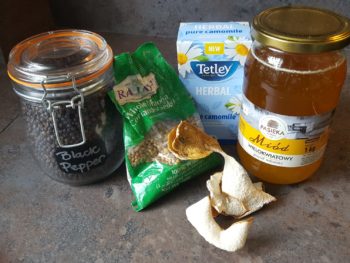
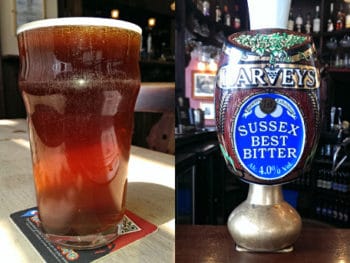

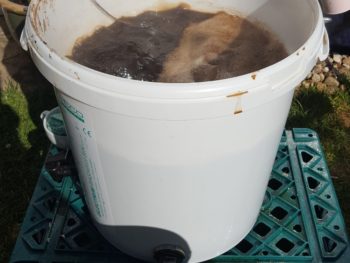
 Oatmeal Stout – Brew day 15th June 2020
Oatmeal Stout – Brew day 15th June 2020

